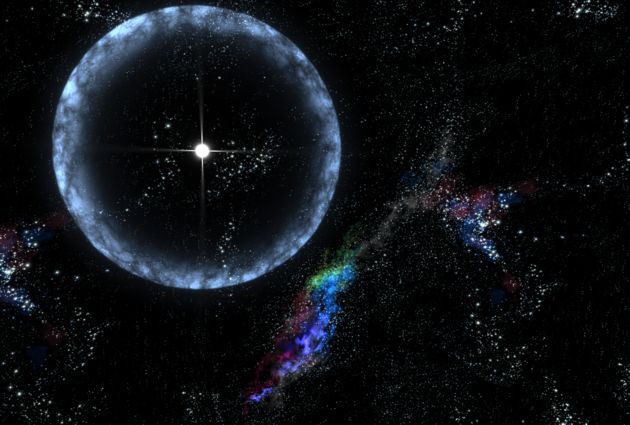Because it's important to know why we really, really have to get off this rock, and because I'm bored, I'm setting up this thread to record every potential threat to our survival on a planetary scale.
Feel free to add your own, but please, no science fiction -- the actual universe is scary enough as it is.
Feel free to add your own, but please, no science fiction -- the actual universe is scary enough as it is.






Comment